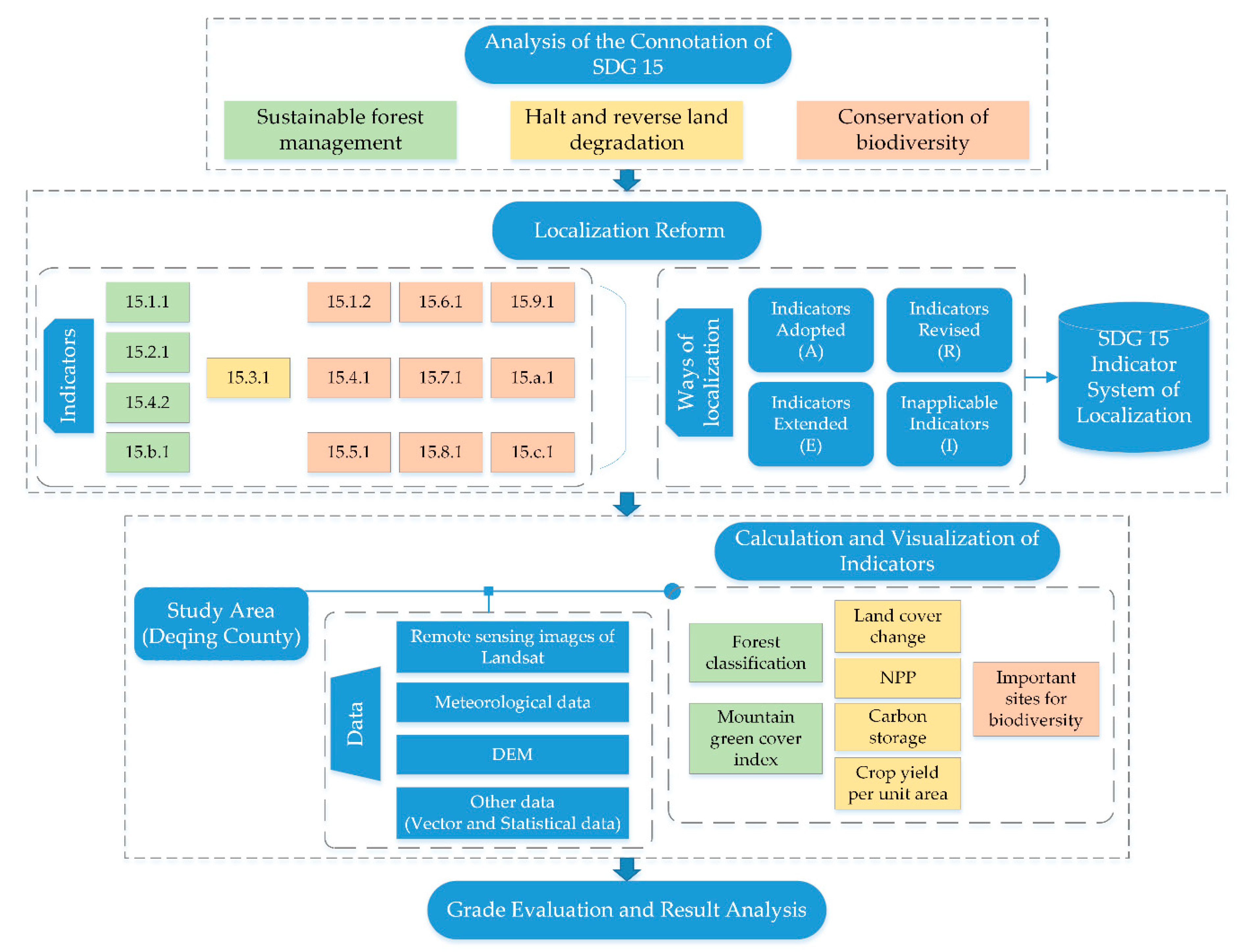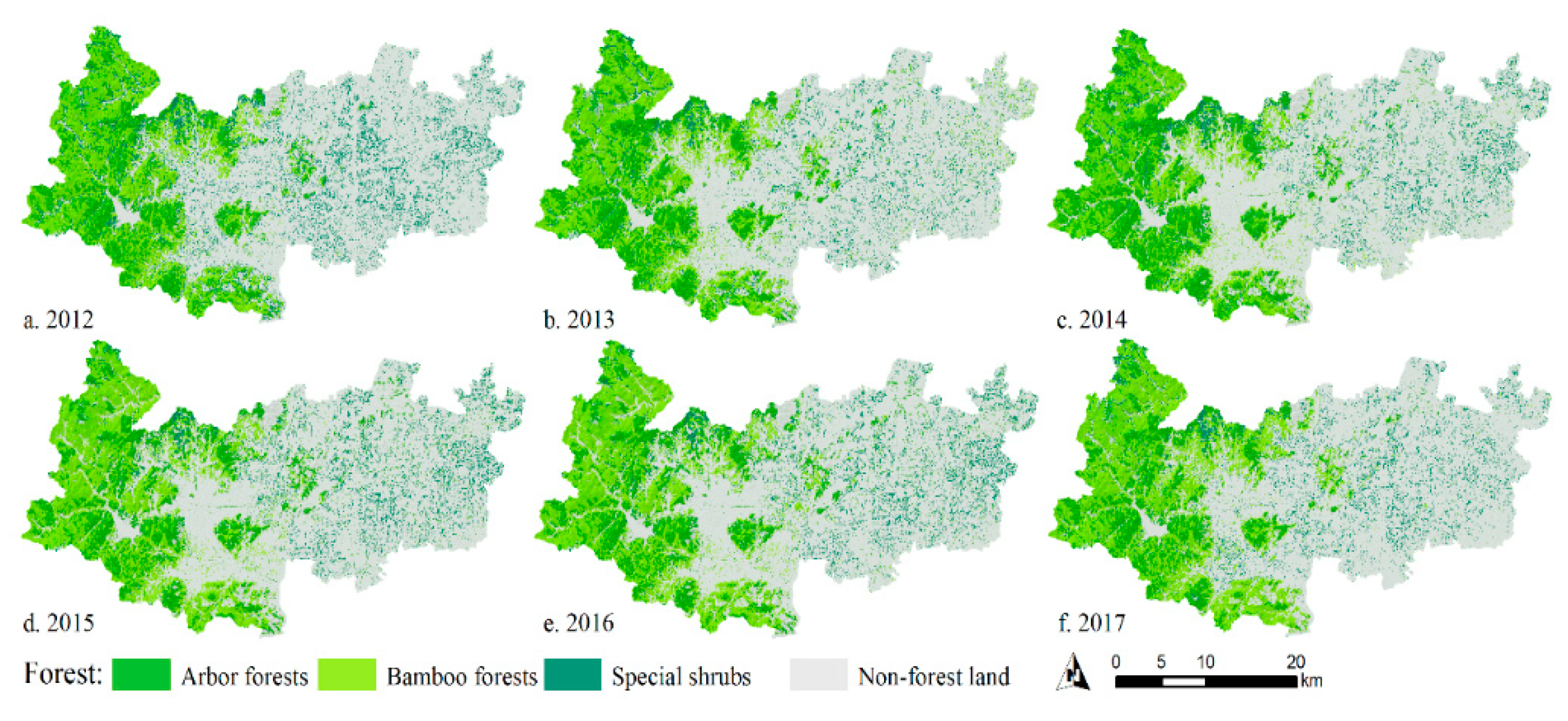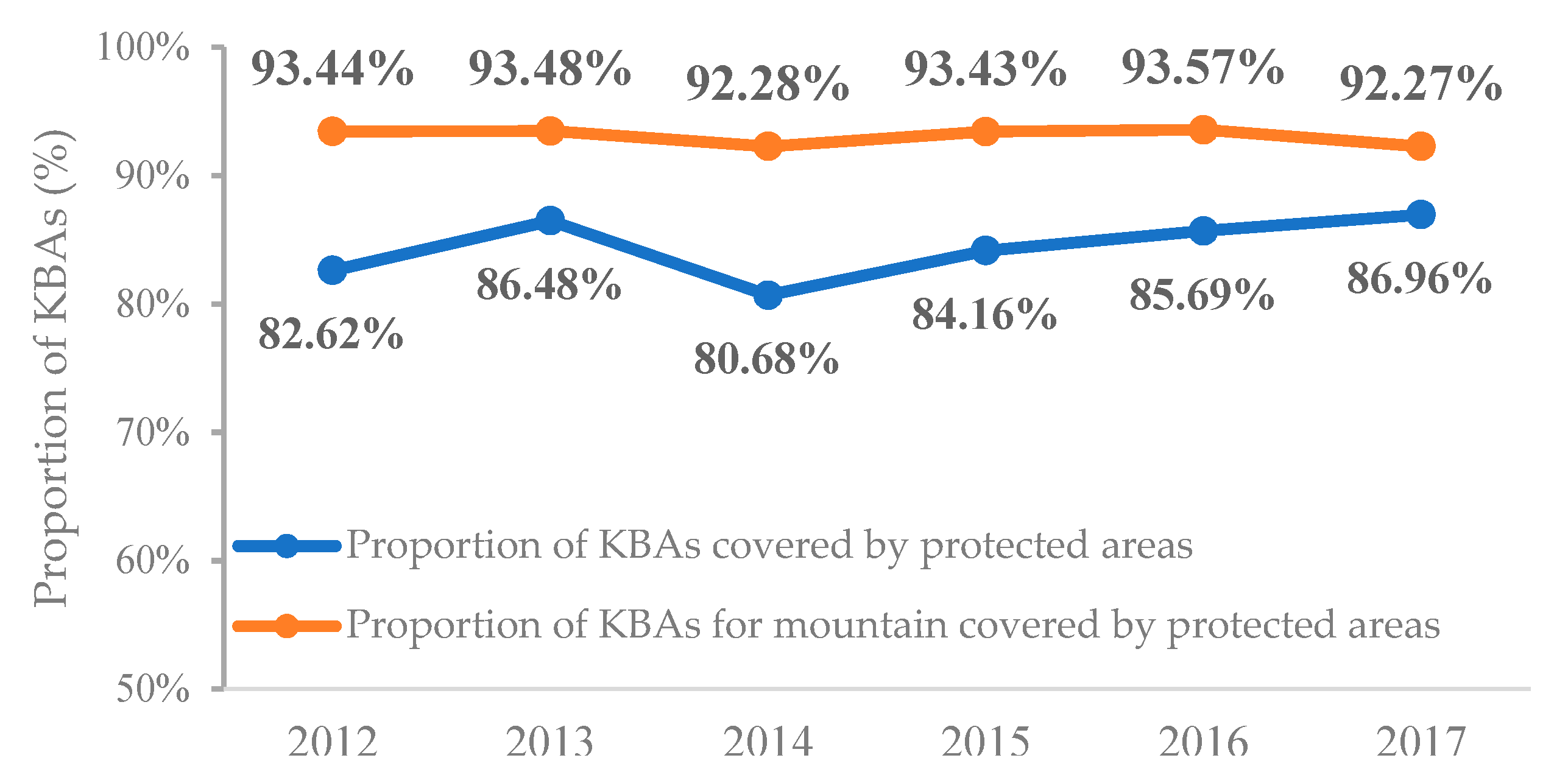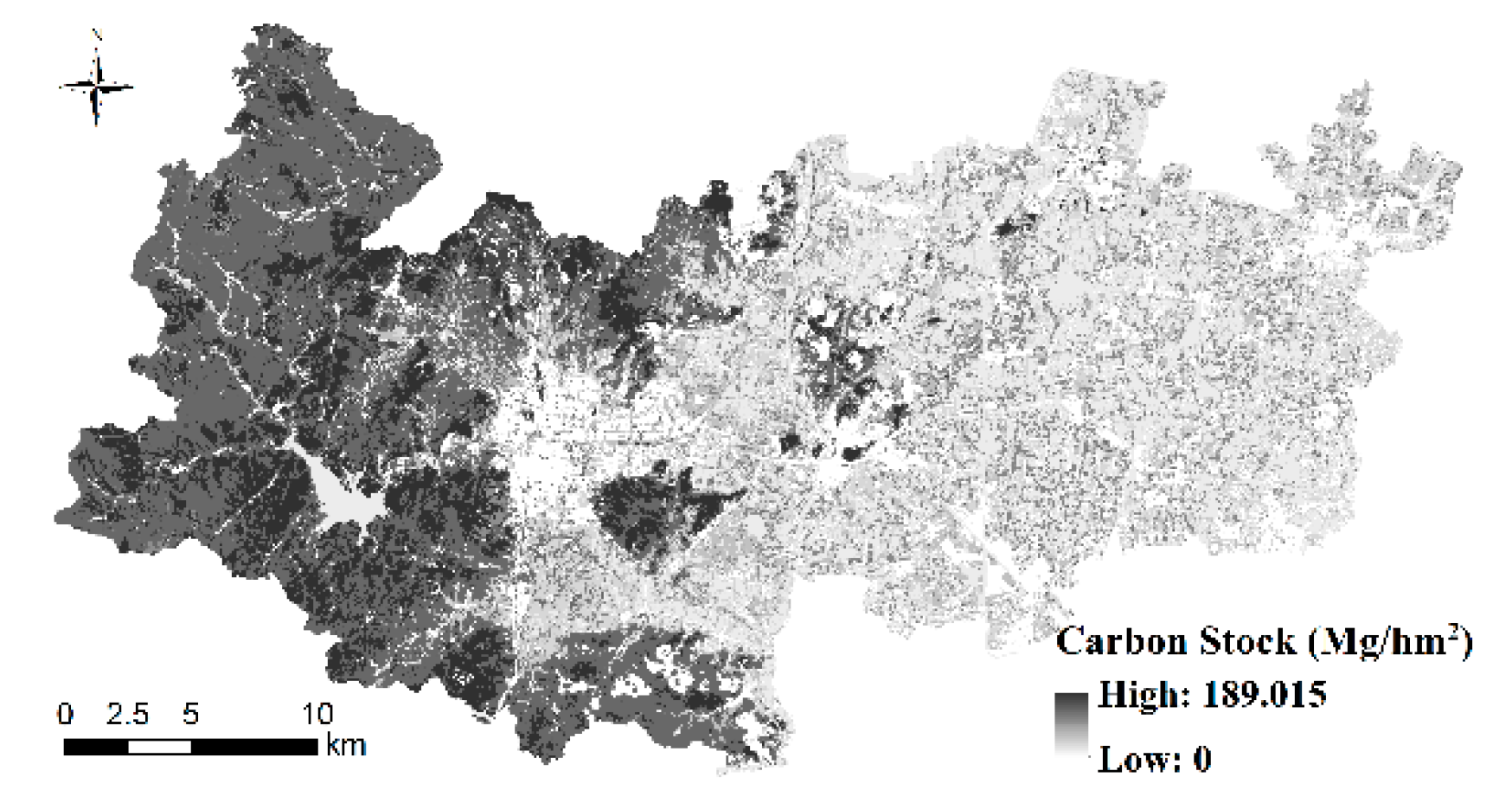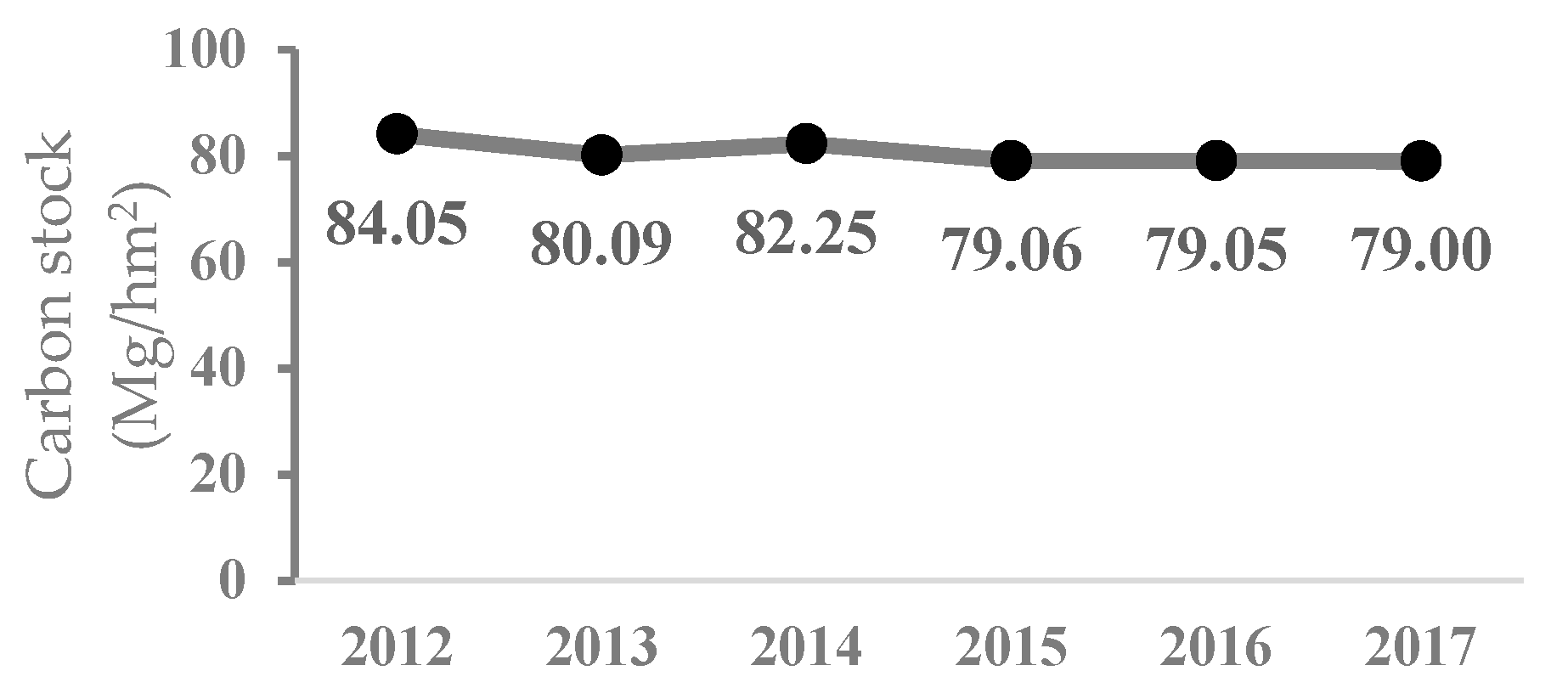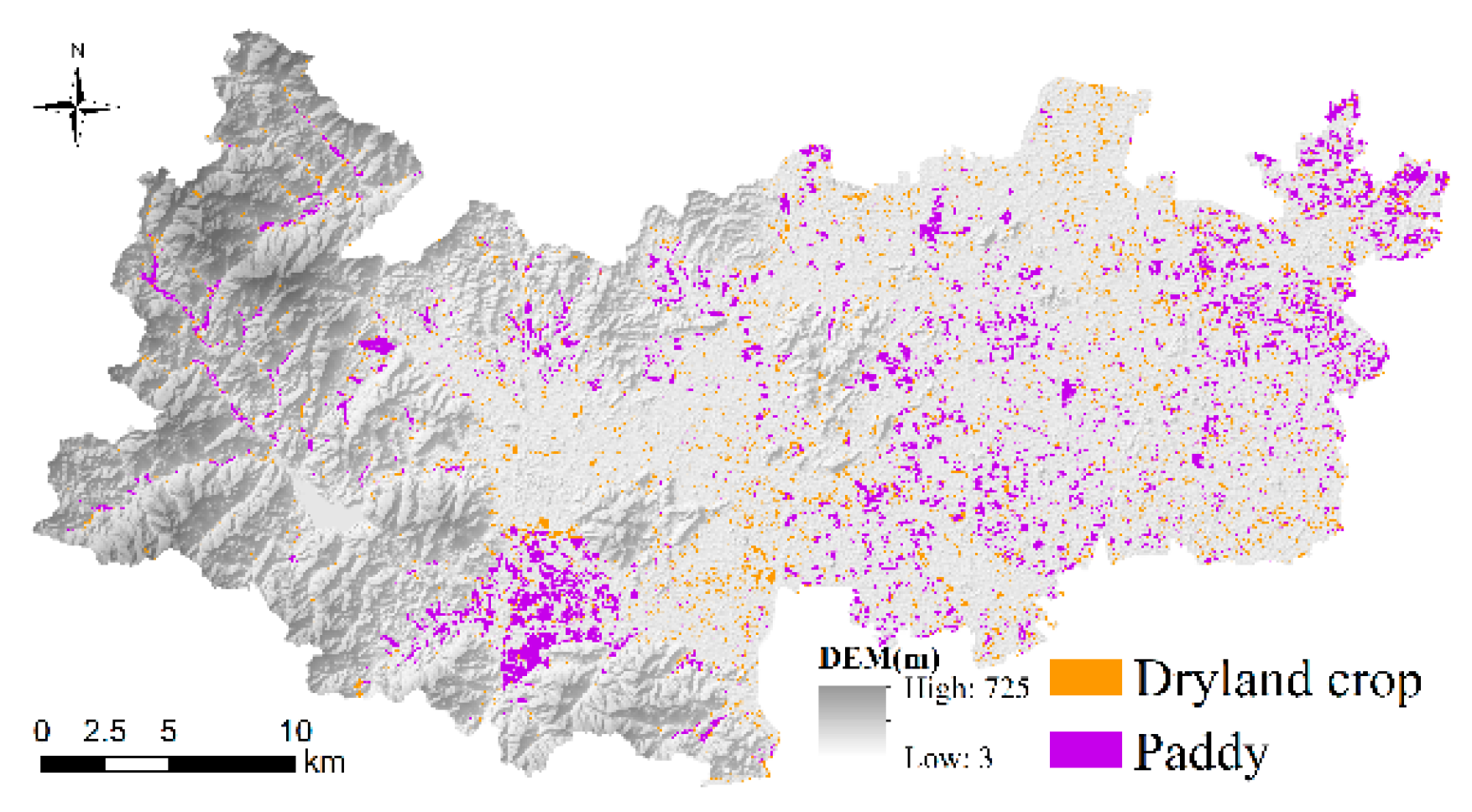3.2. Localization Reform of SDG 15
The global indicator system has a wide-ranging scope and is suitable for national SDG monitoring. A localization process must be undertaken when applying the framework at a sub-national or regional level (such as in Deqing County). The indicators are selected to align with sub-national (or regional) geographical circumstances. While some indicators can be selected or adopted directly from the global framework, others might need to be revised or extended.
The reform of indicator systems should follow some basic principles based on the purpose and applicability of the reformed indicators. One of the core ideas of localization reform is to be able to understand and accurately reflect the connotation and themes of SDG goals. It is necessary to analyze the connotation and clustering of the indicators, to modify and supplement the uncertainties in the setting and calculation of indicators and to create a trade-off between the unsuitable places. In addition, data availability and reliability are other important factors to consider. The geographic information data and methods should be fully used to visually display the spatial details of indicator results. The workflow of localization reform and application of SDG 15 is shown in
Figure 2.
We classified the methods of localization into four categories.
(1) Indicators Adopted (A)
Without changing the original indicator name, definition and calculation method, the indicator can be directly used.
• Indicator 15.1.1: Forest area as a proportion of total land area, which is calculated as follows:
where:
F is the forest area as a proportion of the total land area,
A(forest) is the forest area, and
A(total) is the total administrative land area.
In this study, 13 multispectral remote sensing images were used to classify land cover types and extract forest area using a machine learning method (random forest). The random forest package in R Studio was used to construct the random forest model. Four kinds (spectral, exponential, texture, and topographic features) of 70 characteristic variables were extracted. In the process of texture feature extraction, there is data redundancy when extracting features from all bands of images. Principal component analysis (PCA) is a method that can be used to remove the redundant information between the bands and compress the multi-band image information to a few more effective conversion bands than the original band. We used PCA to calculate the first and second principal components, which contained at least 90% of the information for all bands and extracted the texture features from the first and second principal components. Then, we used the random forest importance score; according to the importance score, we selected the top 45 (after the experiment, when the number of features was 45, the classification accuracy was the highest) feature variables as the input for the classification model.
• Indicator 15.4.2: Mountain Green Cover Index
The Green Cover Index is intended to measure the changes of the green vegetation in mountain areas—i.e., forest, shrubs, trees, pasture land, crop land—to monitor progress on the mountain target.
The normalized difference vegetation index (NDVI) based on the pixel dichotomy model was used to calculate the Green Cover Index in mountainous areas as follows:
where:
MGCI is the Mountain Green Cover Index;
NDVIx is the NDVI of the pixel
x;
NDVIsoil is the NDVI of the pure bare soil pixel in the study area; and
NDVIveg is the NDVI of the pure vegetation pixel in the study area.
(2) Indicators Extended (E)
The name, definition and calculation method of original indicator can be quoted, and then can be divided into other sub-indexes to supplement.
• Indicator 15.3.1: Proportion of land that is degraded over total land area
Land degradation is defined as the reduction or loss of the biological or economic productivity and complexity of the rain fed cropland, irrigated cropland, or range, pasture, forest and woodlands resulting from a combination of pressures, including land use and management practices.
It contains three sub-indicators as follows:
- (a)
Evaluation of land cover and land cover change;
- (b)
Land productivity status and trend analysis based on net primary production;
- (c)
Measure carbon reserves and changes.
The above three sub-indicators show the state of the natural environment and the soil layer as a whole. The most direct manifestation of land degradation is the change in vegetation, particularly, crop yield, which is reflected in human life and the economy. Therefore, the indicator of “d). crop yield per unit area” has been added to reflect the state of cultivated land productivity.
(a). According to the metadata description “Land cover refers to the observed physical cover of the Earth’s surface which describes the distribution of vegetation types, water bodies and human-made infrastructure. It also reflects the use of land resources (i.e., soil, water and biodiversity) for agriculture, forestry, human settlements and other purposes”. Land cover types are divided into two systems: natural surface, including woodland, grassland, cultivated land and water surface, and artificial surface, including human settlements, and unused land. This sub-indicator shows the distribution of natural surfaces and artificial surfaces and their mutual changes. The direction of land degradation is defined as the transformation of a natural surface into an artificial surface as follows:
where:
Pi,n is the proportion of degraded land in the land cover class
i in the year of monitoring
n;
A(
degraded)
i,n is the area of land degradation in the land cover class
i in the year of monitoring
n; and
A(
total)
i,n is the total area of the land cover class
i.
We use change detection matrix to analyze the land cover change.
(b). Based on Carnegie Ames-Stanford Approach (CASA) model, net primary production (NPP) was calculated using land cover type data, meteorological data, and solar radiation data.
The calculation principle of CASA model [
16] is as follows:
where
NPP(x,t) is the net primary productivity of the vegetation in pixel x in time t;
APAR(
x,t) is the absorbed photosynthetic active radiation;
ε(
x,t) is the actual utility rate of luminous energy;
Tε(
x,t) is the coefficient of temperature stress;
Wε(
x,t) is the coefficient of water stress; ε_max is the theoretical maximum utility rate of the luminous energy reaching the vegetation;
SOL(
x,t) is the total solar radiation (MJ/m
2);
FPAR(
x,t) is the photosynthetic effective radiation absorptivity; 0.5 is the ratio of solar effective radiation absorbed by vegetation (wavelength 0.38–0.71 μm) to total solar radiation received by vegetation canopy; and
NDVI is the normalized difference vegetation index.
(c). The Integrated Valuation Ecosystem Services and Tradeoffs (InVEST) model was used to calculate carbon storage. The model uses distributed algorithm based on 3S technology to solve the limitations of traditional assessment methods. It is a new technology for spatial expression, dynamic analysis and quantitative assessment of ecosystem services.
The carbon storage assessment module of InVEST includes four carbon pools, i.e., aboveground carbon, underground carbon, soil carbon and dead biological carbon. Carbon storage on a piece of land largely depends on the size of the four carbon pools [
17].
where
Cv is the total carbon storage,
Cabove is the aboveground carbon,
Cbelow is the underground carbon,
Csoil is the soil carbon,
Cdead is the carbon of dead organisms (litter, etc.).
The parameters of the carbon pool used in the model were taken from the relevant literature [
18,
19,
20]. According to the land cover type in this paper, the corresponding parameters were obtained directly from the literature, and the land cover without corresponding type was synthesized from similar land use types.
(3) Indicators Revised (R)
In view of the interpretation of the indicators in the UN metadata documents and considering the application scale and research purposes, if the content of indicators cannot be calculated, they would be abandoned or modified to usable indicators with similar meanings. If the data source was unavailable or the scale was not applicable, the available data should be used to construct a new usable dataset.
• Indicator 15.1.2: Proportion of important sites for terrestrial and freshwater biodiversity that are covered by protected areas, by ecosystem type
In this indicator, the UN SDGs metadata recommend the use of the World Database on Key Biodiversity Areas (WDKBA) under A Global Standard for the Identification of Key Biodiversity Areas [
21], prepared by the International Union for Conservation of Nature (IUCN), for the data of Biodiversity Important Sites. However, in the IUCN standard, the survey and evaluation scale of key biodiversity areas (KBAs) is at a national or global scale, and the data in the WDKBA established according to the standard are not suitable for small-scale areas below national scale. This is because, in some subsets of the national-scale data (spatial polygon data), it is very likely that they contain small fragmented disturbance patches (such as construction land, hardened roads, bare land and other landscapes that may have a negative impact on biodiversity); locations that are not in the database may not necessarily have low biodiversity but may be of high relative importance for biodiversity in a certain area of the region. Moreover, the KBAs in the WDKBA were classified according to the survey data of the species richness at each threat level in the region. In some countries lacking species and biological resources inventory, such databases cannot be established and it is difficult to make consistent and accurate measurements. In fact, traditional environmental data have long suffered from data breaks, due to changes in reporting methods and from data gaps [
22].
Therefore, another important step for us is to study the remote sensing identification method for identifying the KBAs, which provides a set of convenient and available remote sensing data sets, and effectively solves the scale limitation of the WDKBA metadata.
Considering the connotation of the different levels of biodiversity, we selected five sub-indicators that were most closely related to the biodiversity at each level and constructed a biodiversity index (BI) based on remote sensing data to identify important areas for biodiversity. There are four levels of biodiversity: genetic diversity, species diversity, ecosystem diversity, and landscape diversity. At the level of species diversity, we considered habitat quality (habitat quality index), productivity status (net primary productivity), and vegetation index (enhanced vegetation index, EVI); at the level of ecosystem diversity, the proportion of habitat (biotope) area (percentage of habitat area) was taken into account; at the level of landscape diversity, Shannon’s diversity index (SHDI) was used to evaluate the heterogeneity and diversity of landscape. Since the evaluation of genetic diversity involves statistical data at the gene level and for specific species, it cannot be directly monitored through remote sensing; the individuals of different species have diverse genes, so genetic diversity can be reflected in species diversity [
23], and there are no indicators of the levels of genetic diversity level. The SDG 15.1.2 metadata description refers to terrestrial and freshwater ecosystems, but the content and methods of biodiversity assessment of terrestrial and freshwater ecosystems are different. At this stage, this study only focused on terrestrial ecosystems.
The BI is calculated as follows:
where:
HQI is the habitat quality index;
NPP is the net primary productivity;
EVI is the enhanced vegetation index;
Sp is the percentage of habitat area;
SHDI is the Shannon’s diversity index; and
βi is the weight of each sub-indicator (
Table 2).
• Indicator 15.2.1: Progress towards sustainable forest management
The indicator is composed of five sub-indicators as follows:
Forest area annual net change rate;
Above-ground biomass stock in forest;
Proportion of forest area located within legally established protect areas;
Proportion of forest area under a long-term forest management plan; and
Forest area under an independently verified forest management certification scheme.
Among the sub-indicators, there are no uniform fixed criteria or scope, and many areas of sustainable forest management are not certified either because their owners choose not to seek certification or because there is no credible or affordable certification scheme. Therefore, these two sub-indicators are difficult to quantify, so they were not adopted. In addition, due to the lack of necessary data, it was temporarily impossible to calculate “2. Above-ground biomass stock in forest”.
• Indicator 15.4.1: Coverage by protected areas of important sites for mountain biodiversity
This indicator emphasizes the distribution and change of important sites for biodiversity in mountainous areas. The identification of important sites for biodiversity in mountainous areas was the same as the Indicator 15.1.2.
(4) Inapplicable Indicators (I)
The following indicators, either due to the use of statistical data and survey data alone, through the measurement the numbers or plans of countries, or due to the lack of metadata, and make the evaluation of these indicators on small spatial scales meaningless or inappropriate.
• Indicator 15.5.1: Red List Index
The Red List Index calculates the endangerment of all species in the region. In fact, most species exist in a wide range, usually within the boundaries of the whole ecological area (habitat). However, the boundaries of county administrative areas are not defined according to the habitat of species, and small-scale administrative areas often divide the living areas of species. Therefore, at the county level, the species and numbers of animals and plants are variable. An index cannot significantly reflect the endangered status of a species in a county. When bounded by the country or region, an indicator can play a better role.
• Indicator 15.6.1: Number of countries that have adopted legislative, administrative and policy frameworks to ensure fair and equitable sharing of benefits
This indicator calculates the number of countries, which is meaningless at the county level.
• Indicator 15.7.1: Proportion of traded wildlife that was poached or illicitly trafficked
This indicator calculates the share of international trade among countries, and it is difficult to quantify the types of data in county-based administrative regions.
• Indicator 15.8.1: Proportion of countries adopting relevant national legislation and adequately resourcing the prevention or control of invasive alien species
This indicator calculates the number of countries, which is meaningless at the county scale.
• Indicator 15.9.1: Progress towards national targets established in accordance with Aichi Biodiversity Target 2 of the Strategic Plan for Biodiversity 2011–2020
This indicator calculates the number of countries, which is meaningless at the county scale. No data for this indicator are currently available, and its methodology are still being developed.
• Indicator 15.a.1: Official development assistance and public expenditure on conservation and sustainable use of biodiversity and ecosystems
This indicator shows inter-country assistance and expenditure, especially that provided by developed countries to developing countries. This kind of assistance occurs between the same administrative levels, and county administrative regions generally receive assistance at the provincial or national levels; generally, there is no assistance between county administrative regions. Therefore, the indicator cannot be applied at the county level.
• Indicator 15.b.1: Official development assistance and public expenditure on conservation and sustainable use of biodiversity and ecosystems
The indicator definition is the same as Indicator 15.a.1, and cannot be applied to county-level regions.
• Indicator 15.c.1: Proportion of traded wildlife that was poached or illicitly trafficked
The indicator definition is the same as Indicator 15.7.1, and cannot be applied to county-level regions.

